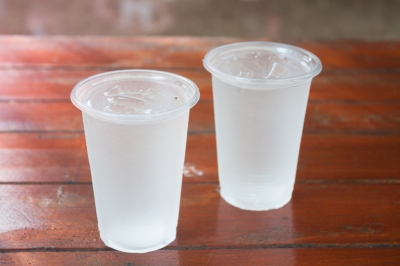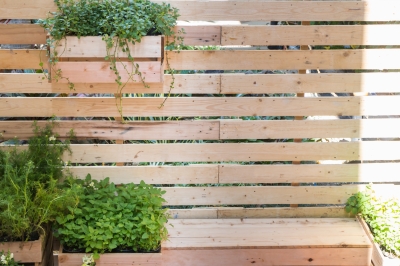
How Is Water Treated To Make It Safe To Drink?
The following article is a collaborative post.

Water is everywhere and you’d be forgiven for thinking it is the most abundant mineral on the planet. However, the fact is that the oceans cover 75% of the planet; there is a lot of water available.
But, just 1% of the water on the planet can be used as drinking water. Fortunately, thanks to the water cycle this water is constantly rotating, ensuring there is always some available for you to drink.
But water is not a pure substance. When it evaporates it can be considered to be free of all minerals and safe to drink. However, by the time it has fallen as rain and travelled through mud and dirt to the reservoirs, it will have picked up debris and an array of bacteria.
These items need removing; this is what the treatment works does. Unfortunately, as you’ll discover, this might not be enough to keep your water safe. By the end of the article you’ll want to click this link to discover how you can install an under sink filter. This will give you clean and cold water at your tap, whenever you want it.
Methods of Water Treatment
Once your water arrives at the reservoir it will sit with the rest of the water. Every bit of water that arrives will bring a little sediment with it; from its journey through the rocks and soil.
It is also highly likely that this water has absorbed bacteria on its journey; after all it will have traveled many miles. There are several steps that must be taken to deal with these contaminants:
-
Coagulation
Water is treated with chemicals that add a positive charge to the water. This can actually dissolve many of the harmful bacteria in the water as they are negatively charged.
This process allows the debris to bind together, forcing it to sink to the bottom of the water.
-
Filters
The sediment that it carried by the water will also usually settles to the bottom of the reservoir, this allows the water at the top to be removed which will be free of most of the sediment.
It is then passed through a series of filters. Filters are charcoal, gravel and sand. These filters are designed to trap any further debris and will remove much of the bacteria.
-
Chemicals
Chlorine, chloramine and a variety of other chemicals are then added to the water to kill any remaining bacteria.
This water is then considered safe to drink and will be sent down the pipes to you. However, there are two issues which mean that the water that arrives at your home might not be as safe as you think; hence the reason to get an in-house filter:
-
Pipe work
Water has to travel through hundreds of miles of pipes. These pipes can deteriorate or even crack without being noticed. The result is an opportunity for bacteria and other debris to go back into your water.
-
Chemicals
While the chemicals have been effective at killing bacteria, there are some studies which suggest not all of these chemicals are good for your body. Fluoride is an excellent example of a chemical which is added to water to strengthen teeth but may have negative side effects.
Using a water filter at home will ensure your water is safe to drink.




















